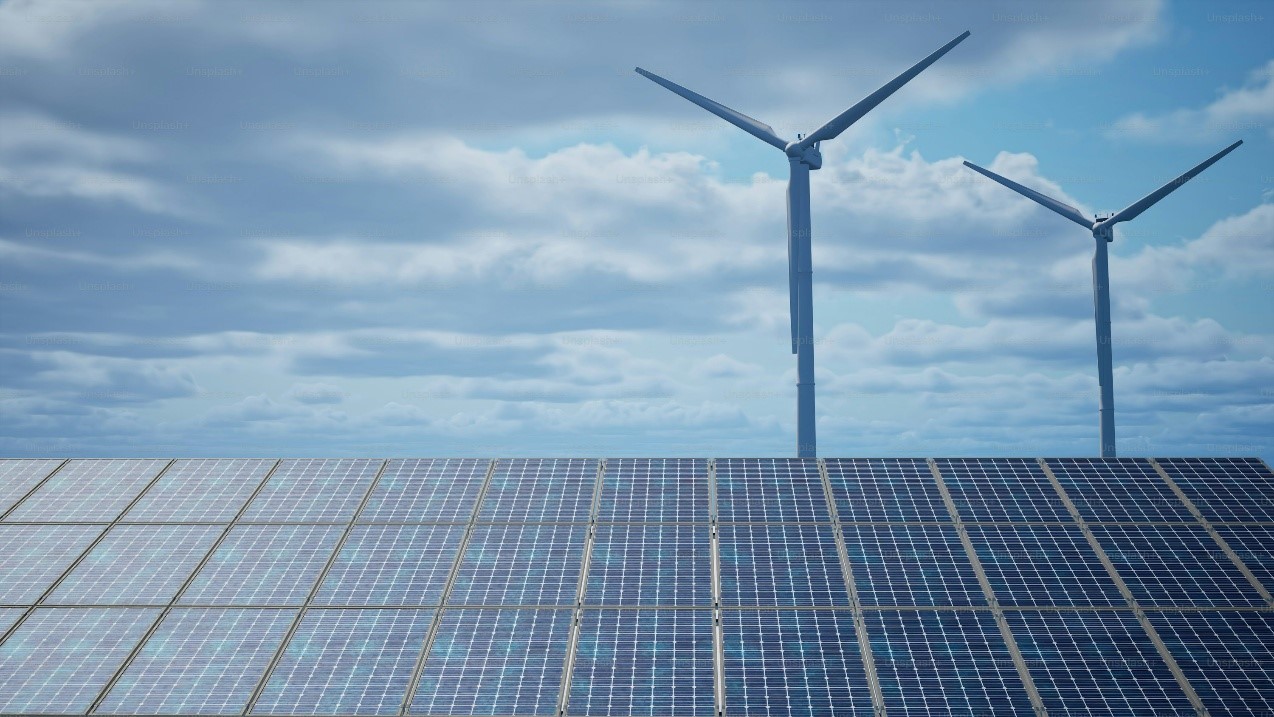apple is a technology company, and it takes a lot of paper to package that technology. on monday, apple announced a new initiative with the world wildlife fund to help align this forestdriven segment of its global supply chain with its aspirations to be a leader in sustainability and renewable energy production. according to the release, apple&rsquos goal is to &ldquoachieve a netzero impact on the world&rsquos supply of sustainable virgin fiber&rdquo &mdash in other words, it wants to get 100 percent of its paper packaging from renewable sources. a renewable forest is one in which trees are grown and harvested in a sustainable fashion that does not require new forests to be cleared.the company also announced it wants its supply chain to eventually be entirely powered by renewable energy, a much taller order than the previous objective of powering all of its facilities this way. currently apple generates enough renewable energy to power around 87 percent of its worldwide facilities. including the supply chain will require some 60 times more power to come from renewable sources such as wind, solar, biogas, geothermal, and hydropower.the new initiative focuses on china, where much of apple&rsquos manufacturing takes place, and where there is a long history of environmental degradation associated with unsustainable practices, including pollution, carbon emissions, and deforestation. the multiyear project aims to protect up to one million acres of &ldquoworking forests&rdquo in china that will provide apple with pulp, paper, and wood products.&ldquoforests, like energy, can be renewable resources,&rdquo said lisa jackson, apple&rsquos vice president of environmental initiatives. &ldquowe believe we can run on naturally renewable resources and ensure that we protect &mdash and create &mdash as much sustainable working forest as needed to produce the virgin paper in our product packaging.&rdquoin april, apple announced it had sold just over 61 million iphones in the first three months of 2015, a 40 percent increase over 2015. iphone sales grew an astounding 72 percent in china during the same interval.china is apple&rsquos biggest market outside of the u.s., and this new initiative comes on the heels of another partnership that reinforced the company&rsquos efforts to improve its image and overall practices in the country. in april, apple announced plans to partner with solar manufacturer sunpower to build two 20megawatt solar projects in china&rsquos sichuan province. the solar plants will be apple&rsquos first in china.currently apple directly employs about 8,000 people in china, but has helped create over three million jobs. the company&rsquos efforts to rehabilitate its image also reflect negative attention regarding labor practices at some of these manufacturing hubs, such as foxconn factories. &ldquowe are excited to work with leaders in our supply chain who want to be on the cutting edge of china&rsquos green transformation,&rdquo said tim cook, apple&rsquos ceo. &ldquowe&rsquove set an example by greening our data centers, retail stores and corporate offices, and we&rsquore ready to start leading the way toward reducing carbon emissions from manufacturing.&rdquochina is the world&rsquos leading timber importer. lo sze ping, ceo for wwf china, said that this new collaboration will help reduce china&rsquos ecological footprint by creating responsibly managed homegrown forests.&ldquoour hope is this will catalyze a new model of corporate leadership in promoting sustainable forest management and using paper resources more efficiently and responsibly around the world,&rdquo he said.this new initiative is promising, but it&rsquos also little more than a tree in a forest of similar forestryrelated challenges in china and across asia. as of 2011, upwards of half of all timber being shipped anywhere in the world was headed for china. the country&rsquos vast market for wood has been contributing to largescale deforestation in nearby forests located in places like sumatra and borneo. the drivers of this woody appetite include a wide range of sources even demand for disposable chopsticks &mdash the production of which has reached some 80 billion chopsticks a year &mdash is a major environmental concern.agricultural demand, population growth, and major hydroelectric projects have also contributed to the loss of chinese forests, which have been listed as threatened and in need of protection by the united nations environment program.back on american soil, apple is also partnering with environmental groups to develop sustainable forestry practices &mdash although in smaller increments. the company recently purchased 36,000 acres of private forestland in maine and north carolina in conjunction with the conservation fund. the paper from the forestland will be used in apple&rsquos supply chain. 







